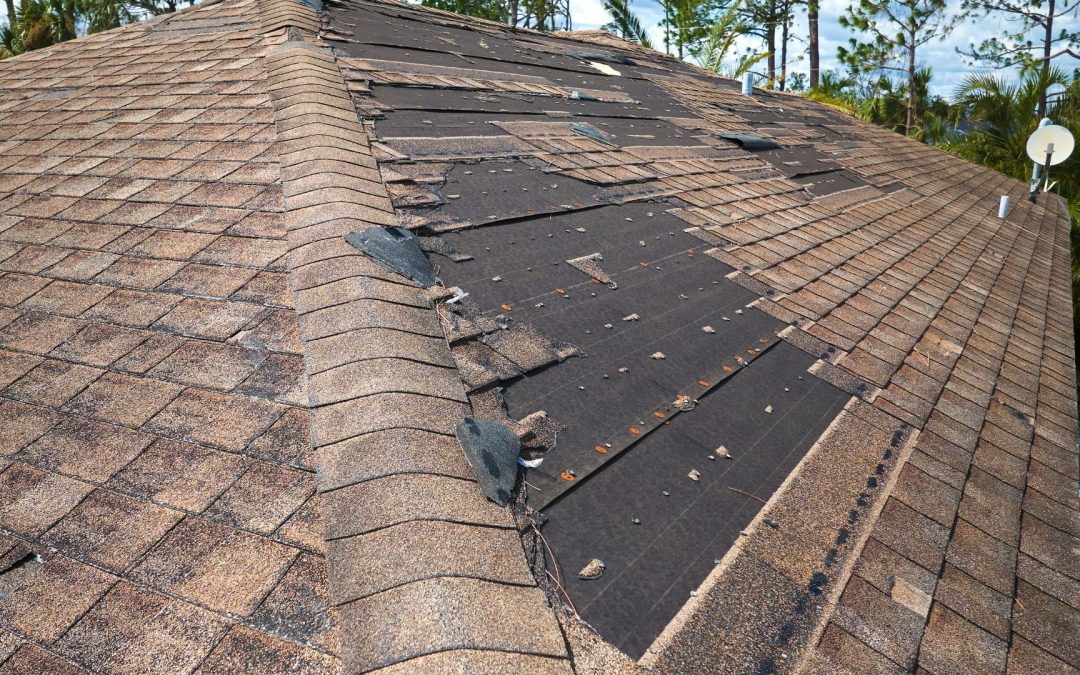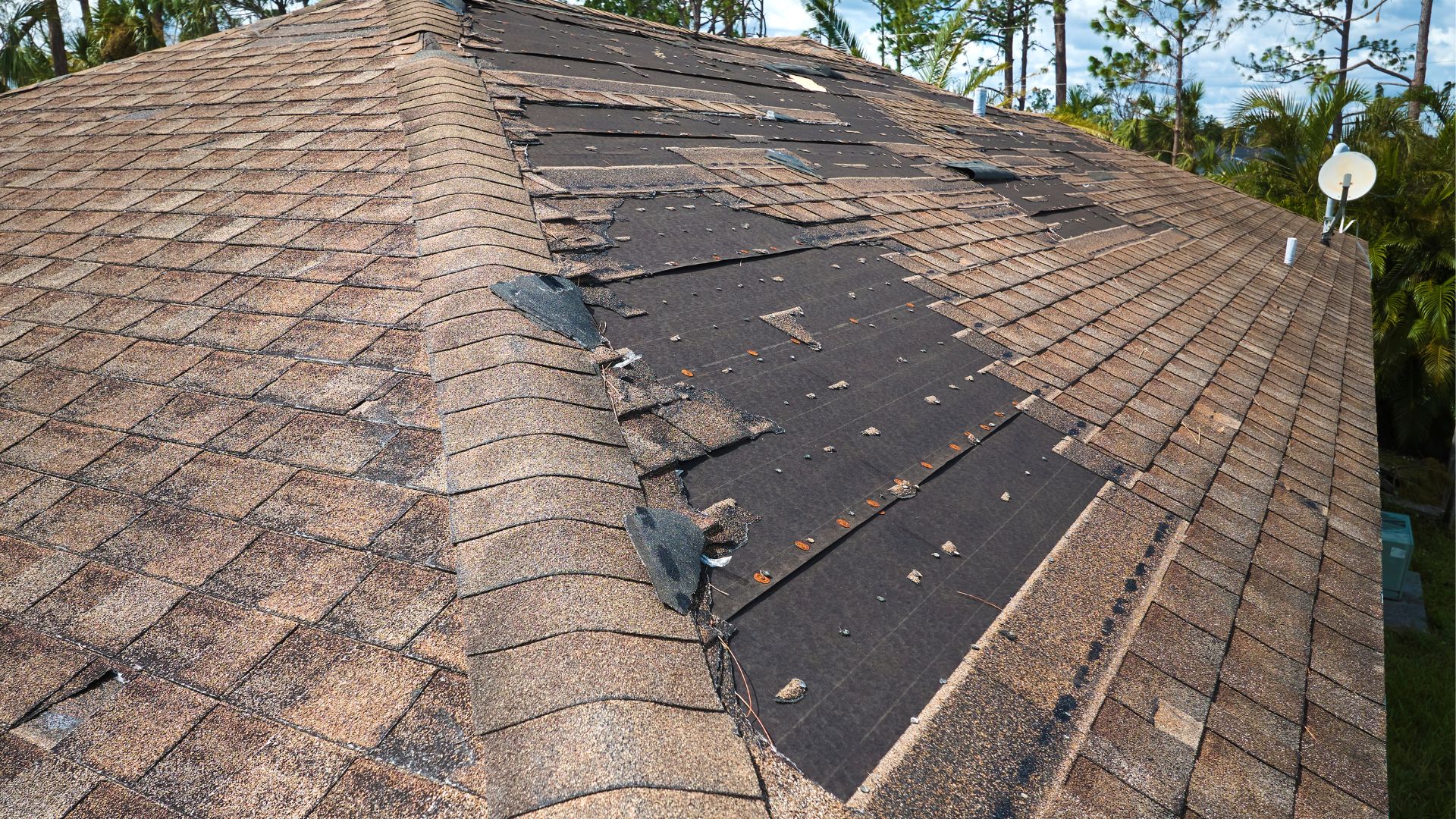Have you ever wondered if pouring water on your roof can really help you locate a leak?
We’ve all heard various theories and DIY tricks when it comes to dealing with roof leaks, but how many of these are actually effective?
Let’s uncover the reality behind some common myths and misconceptions surrounding roof leaks, and you might be surprised by what you learn about protecting your home from water damage.
Key Takeaways
- Regular professional inspections prevent costly leaks and hidden issues.
- Quick fixes like sealant or DIY patches may worsen leaks.
- Proper maintenance, such as clean gutters, extends roof lifespan.
- Understanding DIY repair myths is crucial for effective long-term fixes.
Causes of Roof Leaks
When examining the causes of roof leaks, it becomes evident that essential maintenance plays a significant role in preventing water infiltration. In the sunny city of Tustin, CA, where roofing is exposed to harsh weather conditions, regular upkeep is vital in avoiding leaks.
One common issue leading to roof leaks is damaged or missing shingles. These components act as a protective barrier against water, and when they’re compromised, water can easily seep into the roof structure. Another culprit behind leaks is improper installation of flashing around chimneys, vents, and skylights. Faulty flashing can create openings for water to enter, causing leaks over time.
Moreover, clogged gutters and downspouts can contribute to roof leaks. When these are blocked, water can accumulate on the roof, leading to potential leaks and water damage. It’s essential to make sure that gutters are clear of debris to allow proper drainage.
Understanding these common causes of roof leaks in Tustin, CA, underscores the importance of regular roofing maintenance to protect your home from water infiltration.
Quick Fixes That Don’t Work
Damaged or missing shingles and faulty flashing are often mistakenly addressed with quick fixes that don’t effectively resolve the root cause of roof leaks. While it may be tempting to opt for easy solutions, such as applying sealant or using temporary patches, these methods often fall short in providing a lasting fix. Here are four common quick fixes that aren’t recommended for addressing roof leaks:
- Sealant over cracks: Applying sealant over cracks or gaps in shingles may seem like a quick solution, but it isn’t a permanent fix. Sealant can degrade over time due to exposure to the elements, leading to the return of leaks.
- DIY flashing repairs: Attempting to repair faulty flashing without the necessary expertise can do more harm than good. Improperly installed flashing can exacerbate leaks and cause water damage to the underlying structures.
- Temporary patches: While patches can temporarily stop a leak, they aren’t a sustainable solution. They’re prone to peeling off or becoming ineffective, leaving the roof vulnerable to further leaks.
- Ignoring the underlying issue: Simply covering up visible signs of a leak without addressing the root cause, such as poor ventilation or aging shingles, will likely result in recurring leaks. It’s critical to identify and fix the underlying problem to prevent future issues.
Importance of Professional Inspection
Professional roof inspections are vital for identifying hidden issues that may lead to costly leaks and structural damage. During a professional inspection, trained experts thoroughly assess the condition of your roof, looking for signs of wear and damage that may not be visible to the untrained eye. These inspections can help catch small problems before they escalate into major issues, saving you time and money in the long run.
Professional inspectors are equipped with the knowledge and tools to detect leaks, damaged shingles, deteriorating flashing, and other potential trouble spots that could compromise the integrity of your roof. By addressing these issues early on, you can prevent water intrusion, mold growth, and structural damage to your property.
Furthermore, professional inspections are especially important for older roofs or those that have endured severe weather conditions. Regular inspections can prolong the lifespan of your roof and make sure that it continues to provide reliable protection for your home or business. Don’t underestimate the value of professional roof inspections in maintaining the health and longevity of your roof.
Cost-Effective Prevention Measures
To effectively safeguard your roof against leaks, it’s essential to implement cost-effective prevention measures that address potential vulnerabilities. Here are four key strategies to help protect your roof and prevent leaks:
- Regular Maintenance: Conduct routine inspections to identify and address any minor issues before they escalate into major leaks. Clear debris, check for loose or missing shingles, and make sure proper sealing around vents and chimneys.
- Gutter Maintenance: Keep gutters clean and free from debris to prevent water from backing up and causing damage to your roof. Guarantee gutters are securely attached and sloped correctly to allow for proper drainage.
- Trim Overhanging Branches: Trim back tree branches that hang over your roof to prevent damage from falling limbs and debris. Overhanging branches can also trap moisture against the roof, leading to potential leaks.
- Proper Ventilation: Confirm your attic is well-ventilated to prevent moisture buildup that can weaken the roof structure and lead to leaks. Adequate ventilation helps regulate temperature and humidity levels, prolonging the life of your roof.
Debunking DIY Repair Myths
When tackling roof repairs, it’s important to understand and dispel common do-it-yourself myths that may lead to ineffective solutions. One prevalent myth is that simply applying caulk or sealant to a leak will solve the problem. While this may offer a temporary fix, it often fails to address the root cause of the leak, such as damaged shingles or flashing.
Another misconception is that all leaks are visible from the inside of the house. In reality, water can travel along rafters and insulation before dripping into a visible area, making it challenging to pinpoint the exact source of the leak.
Additionally, using mismatched roofing materials for repairs can lead to further issues. It’s essential to use materials that are compatible with your existing roof to guarantee a proper and long-lasting fix.
Frequently Asked Questions
Can Roof Leaks Be Caused by Poor Ventilation in the Attic?
Yes, poor ventilation in the attic can indeed cause roof leaks. When warm, moist air gets trapped in the attic, it can lead to condensation, which over time can damage the roof structure and cause leaks.
Are There Any Temporary Solutions for Roof Leaks That Are Safe to Use Until a Professional Inspection Can Be Scheduled?
Yes, there are temporary solutions for roof leaks that can be safe until a professional inspection is conducted. Applying roofing cement or using a tarp to cover the affected area can help prevent further damage.
How Often Should Homeowners Schedule Professional Roof Inspections to Prevent Leaks?
We recommend scheduling professional roof inspections annually to prevent leaks. Our experienced team can identify potential issues early on, saving you time and money in the long run. Don’t wait; proactive maintenance is key.
Are There Any Environmentally-Friendly Methods for Preventing Roof Leaks?
Yes, there are environmentally-friendly methods for preventing roof leaks. We can use sustainable materials like metal or clay tiles, install a green roof with vegetation for better drainage, and make sure proper insulation to reduce energy consumption.
Is It True That Using Household Items Like Duct Tape or Sealant Can Effectively Repair a Roof Leak?
Absolutely, using household items like duct tape or sealant to repair a roof leak may provide a temporary fix but won’t address the underlying issue. It’s important to engage professional help for a lasting solution.
Conclusion
To wrap up, remember that when it comes to roof leaks, DIY fixes may seem tempting, but they often end up causing more harm than good.
Don’t fall for the myths and misconceptions surrounding roof repairs. It’s always best to consult a professional to make sure the job is done right the first time.
Take care of your roof, and it will take care of you!



Recent Comments